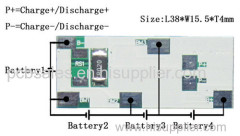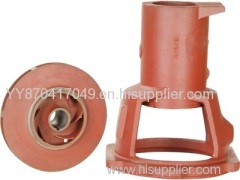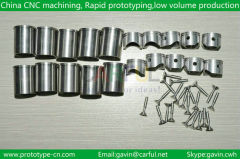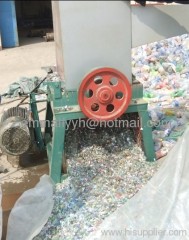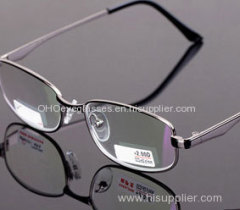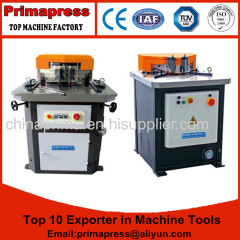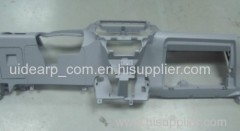
China Prototype in high quality
| Min. Order: | 1 Piece/Pieces |
|---|---|
| Payment Terms: | Paypal, T/T |
| Place of Origin: | Guangdong |
Company Profile
| Location: | Hong Kong |
|---|---|
| Business Type: | Manufacturer, Trading Company, Service |
Product Detail
| Model No.: | uidea |
|---|---|
| Means of Transport: | Air |
| Brand Name: | Uidea Prototype China |
| China Rapid Prototype: | China CNC Machining Prototype |
Product Description
CNC Machining
CNC machining encompasses a ranging of shaping processes. It is used to make precise and high-quality prototypes , part, products and artwork. It is used to form metal, plastic, wood, stone, composite and other materials into large undulating shapes and technical products with intricate details.
What is CNC Machining? Among the different types of CNC machinery, CNC milling machines and CNC lathes are different, the workpiece of the CNC lathes spun rather than the tool. The woodworking and metalworking industries will probably use different names and for similar tools and operations - the names and practices can be traced back to when these materials were hand worked using material-specific tools and equipment.
CNC machinery has x- and y-axis tracks (horizontal) and a z-axis track (vertical). Many different tools are used in the cutting process, including cutters (side or face), slot drills (cutting action along the shaft as well as the tip for slotting and profiling), conical, profile, dovetail and flute drills, and ball nose cutters (with a dome head, which is ideal for 3D curved surfaces and hollowing out). By contrast, CNC lathes, use single-point cutters because the workpiece is spinning.
Quality: CNC machining produces high-quality parts with close tolerances, cutting traces can be reduced or eliminated by, for example, grinding, sanding and polishing the part.
TIPICAL APLLICATIONS CNC machining is a cost-effective method for producing models, prototypes, patterns and tools for other processes such as los wax casting and reaction injection molding, film props and theatre sets.
COST AND SPEED Tooling costs are minimal and are limited to jigs and other clamping equipment. Cycle time is rapid once the machines are set up.
Materials Almost any material can be CNC machined, including plastic, metal, wood, glass, ceramic and composites.
ENVIRONMENTAL IMPACTS This is a reductive process, so generate waste in operations. Modern CNC systems have very sophisticated dust extraction which collect all the waste for recycling or incinerating for heat and energy use. Dust that is generated can be hazardous, especially because certain material dusts become volatile when combined.
CAD files are typically STL format. A cutting path is calculated and the correct cutting tools are selected to ensure efficient processing and to achieve the desired finish. For complex parts and intricate details this can take many hours. In this case a block of the expanded polystyrene (EPS) is loaded onto the machine bed and 'roughed out' using a high-speed cutting tool. The basic shape of the product can now be seen. The cutting tool is changed to produce a smooth and uniform surface finish. Once the underside has been completed, the model is turned over, centred onto the machine bed, and the internal profile is roughed out. The finished part will have a smooth finish inside and out. This can be further improved by sanding and coating with resin. The waste material are collected, compacted and recycled.
CNC machining is a computer-aided manufacturing (CA) process. In other words, all CNC machining operations are computer guided. Every detail of the CAD file is translated into a cutting path and the selection of the appropriate cutting tool, which can take many hours for complex geometries. Therefore, it is essential that the CAD files is exactly as the designer envisions the prototype or product because it will be reproduced exactly by the CAM process. It also means that each product can be different without affection manufacturing time and quality.



